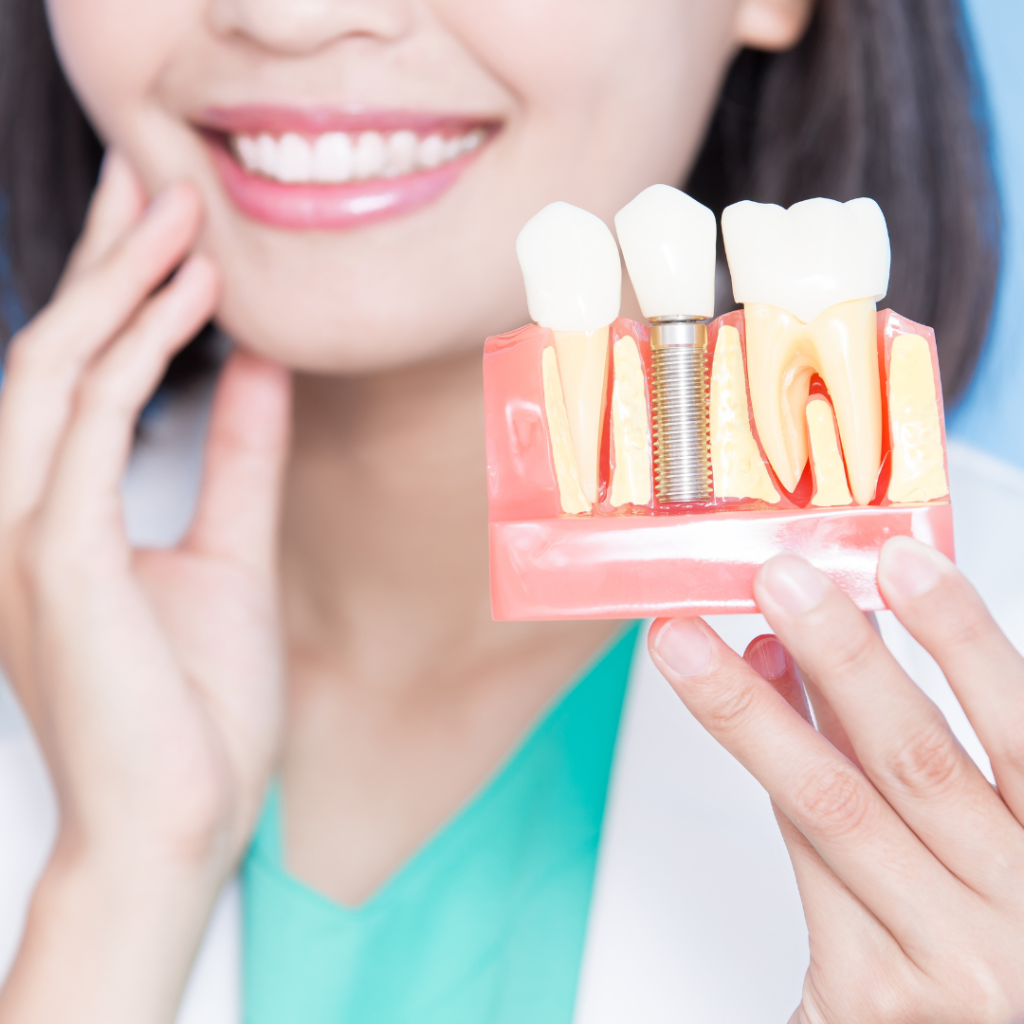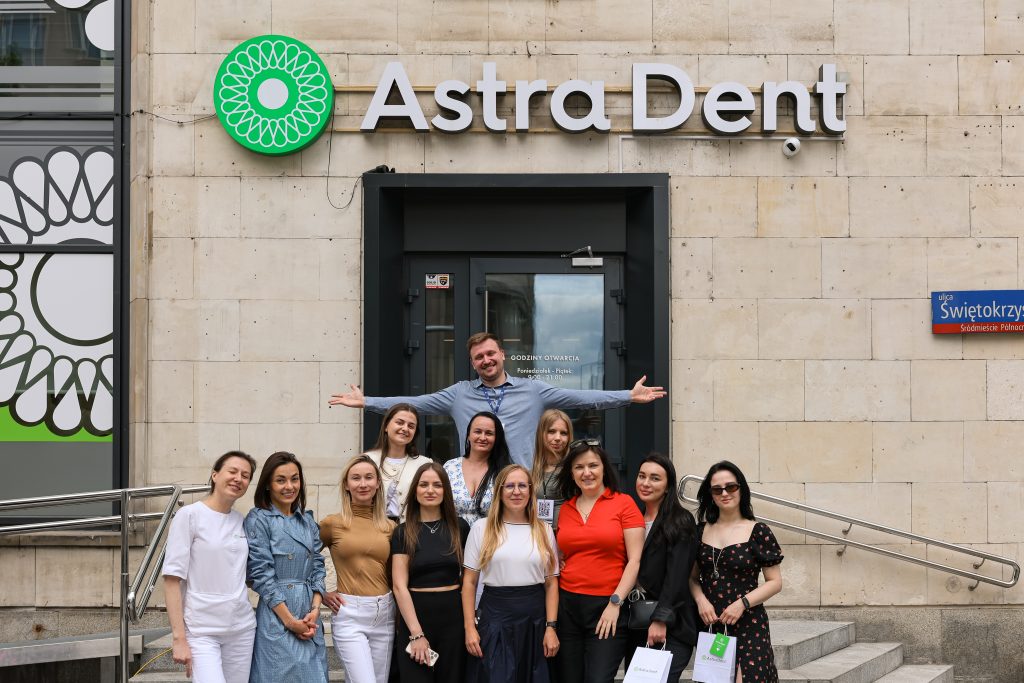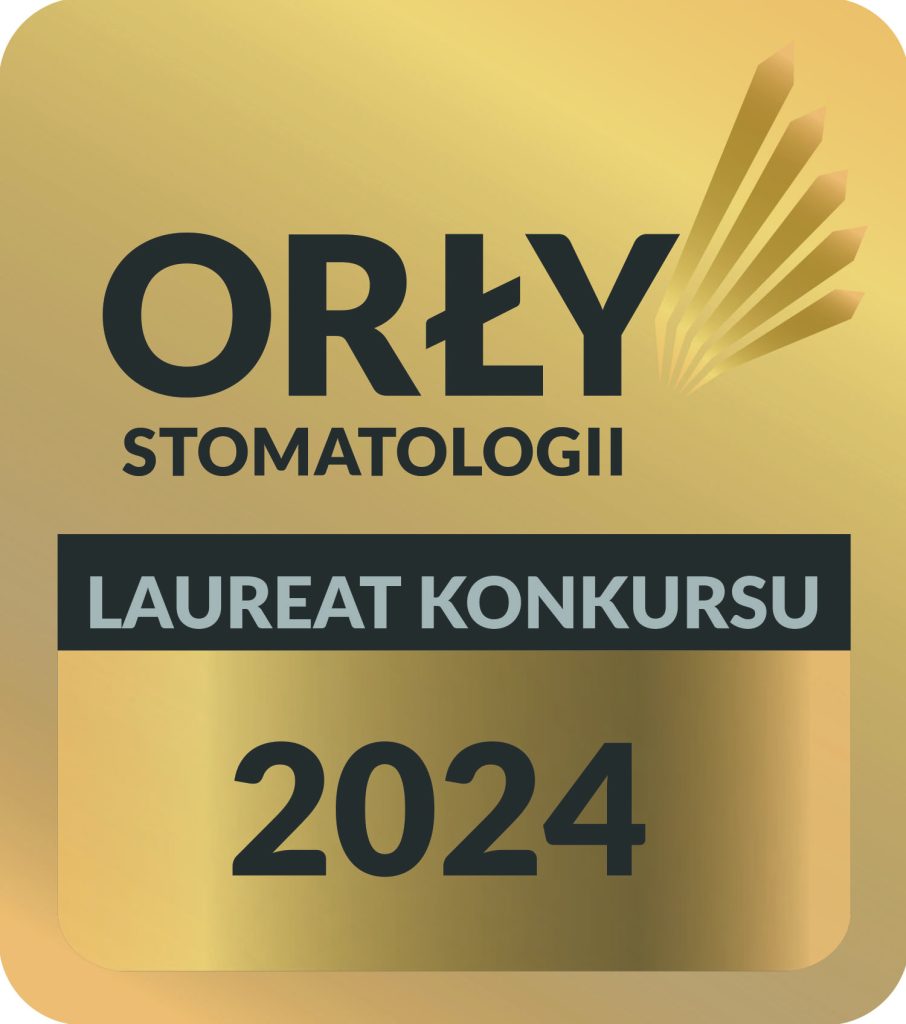Vector therapy – painless treatment of periodontitis at Astra Dent Warsaw
Vector therapy is a contactless ultrasonic method of cleaning periodontal (gum) pockets, aimed at removing microbial biofilm plaque from the root surface of the tooth. The essence of the method is to combine ultrasonic waves with a flow of suspension based on calcium hydroxyapatite, which is compatible with enamel and does not irritate the mucous membrane.
The European Federation of Periodontology has recognized vector therapy as the most gentle method of non-invasive treatment of generalized gingivitis and chronic periodontitis. It effectively reduces the level of P. gingivalis and other anaerobes that cause chronic inflammation.
Ultrasonic gum treatment at Astra Dent is performed with modern European-made equipment that meets the requirements of EU medical regulations. The systems undergo regular testing and calibration for accurate and safe operation. Vector therapy is performed by doctors with a narrow specialization in periodontology, who have studied in leading medical institutions in Europe. The method is suitable for patients with increased medical risk — diabetes, hypertension, heart disease and during pregnancy.
Why do patients choose Astra Dent Warsaw for vector therapy?
Unlike manual curettage or traditional ultrasonic cleaning, Vector Paro Pro therapy works without vibration, overheating and pain. The patient does not feel discomfort even with deep periodontal pockets.
Advantages of vector therapy at Astra Dent Warsaw:
- Modern Vector Paro Pro equipment (DÜRR Dental, Germany). The original system with the Paro Pro module is used, designed for delicate work in dentogingival pockets. The device allows the dentist to control the direction and power of ultrasound, does not overheat the tissue and does not cause microcracks in the root cement.
- Experienced periodontists. The treatment is carried out by specialists with over 10 years of clinical experience and who have been trained in specialized institutions in Poland, Germany and Austria. They participate in periodontal symposia and improve their qualifications according to international protocols.
- Comfortable treatment without pain. The Vector system works without vibrations, so even deep cleaning is performed without anesthesia. Pain or discomfort does not occur even in patients with increased sensitivity of the mucous membrane and concomitant diseases.
Astra Dent specialists conduct a preliminary diagnosis of the condition of the gums with accurate probing of the pockets and assessment of the depth of inflammation. After vector therapy, the patient immediately returns to the usual rhythm of life – without swelling, stitches and painful rehabilitation.
How does vector therapy work?
Most bacteria that provoke chronic inflammation of the gums penetrate deep into the periodontal pockets, where they are inaccessible to a conventional brush, irrigator and ultrasonic scalers with an open tip. To stop pathological processes, it is necessary to remove the biofilm from the entire depth of the pocket without damaging the cement and connective fibers. This is what Vector technology is aimed at:
- Ultrasonic cleaning of gingival pockets. A special tip delivers vibrations parallel to the root surface, avoiding mechanical trauma. Ultrasound destroys microbial films to a depth of up to 5 mm, penetrating into the tissues with high precision.
- Deep removal of bacteria and plaque. Simultaneously with the ultrasonic action, a medical suspension based on calcium hydroxyapatite is delivered. It washes out the remains of the biofilm, neutralizes the microflora and polishes the root surface, which reduces the risk of re-attachment of bacteria.
- Painless and non-traumatic treatment. Vector therapy does not cause bleeding, does not require anesthesia and does not leave irritation on the mucous membrane. The procedure is recommended even for children, pregnant women and patients with increased tooth sensitivity.
After treatment, the gums do not swell, do not bleed and do not require treatment with antiseptics or antibiotics. The doctor conducts a follow-up diagnosis after 7-10 days to ensure that the depth of the pockets and inflammation have decreased.
Who is vector therapy suitable for?
Ultrasonic sanitation is a targeted intervention in the area of chronic infection, which can remain asymptomatic for years. Usually, the initial manifestations of periodontal disease are ignored until pain, tooth mobility or purulent discharge appear. In such cases, standard hygiene does not work.
Vector therapy in Warsaw stops the progression of the disease without surgery. The method is recommended for:
- Those who have bleeding gums. Constant bleeding during brushing or eating is a sign of an inflammatory process. Vector therapy eliminates the source of irritation and normalizes microcirculation in periodontal tissues.
- Patients with sensitive teeth. The technique does not cause overheating of the enamel and does not irritate the dentinal tubules. This allows to treat problem areas without discomfort in patients with hyperesthesia.
- People with chronic periodontitis. Ultrasonic sanitation allows us to painlessly clean the area of the gum attachment to the tooth with a pocket depth of up to 5 mm. As a result, the bacterial load is reduced and the course of the disease is stabilized without traumatic interventions.
- Those who want to strengthen the gums and save their teeth. Thanks to delicate cleaning, the risk of bone atrophy and further tooth loss can be reduced. The technique is suitable for maintenance therapy after deep sanitation.
Before starting treatment, Astra Dent specialists assess the condition of the periodontium using the CPITN (Community Periodontal Index of Treatment Needs) scale to determine the depth of the lesion and the need for therapy. With timely intervention, curettage and antibiotics can be avoided.
Advantages of the method
Classical treatment of periodontitis is often accompanied by discomfort and pain, which complicates therapy in case of allergies or contraindications to taking medications. Vector therapy was developed as an alternative to invasive interventions. It acts on the focus of inflammation without damaging healthy tissues, which is extremely important in the case of a recurrent course of the disease.
Advantages of vector therapy:
- Painlessness — no anesthesia is required. Thanks to the directed ultrasonic pulse, the tissues remain intact, which allows the dentist to work without anesthesia even in hard-to-reach areas.
- Minimal trauma to the gums. Manipulations are carried out through a thin plastic tip that does not irritate the mucous membrane and does not cause bleeding. This reduces the risk of secondary infection.
- Deep cleaning without damaging the enamel. Hydroxyapatite suspension acts gently, polishes the root surface, reducing the risk of bacteria attaching without harming the hard tissues of the tooth.
- Reduction of inflammation and tooth sensitivity. After the first procedure, there is a decrease in hyperesthesia, swelling, redness, and soreness when touched.
Ultrasonic treatment of periodontitis without pain is well tolerated by patients with allergies to anesthetics or with an increased level of fear of dental intervention. The technique is used both independently and as part of complex periodontal therapy with subsequent assessment of the condition of the tissues.
How is vector therapy performed at Astra Dent Warsaw?
The procedure is not limited to cleaning the gingival pockets. This is a complex process that begins with diagnostics and ends with personal recommendations. Treatment at Astra Dent is performed according to a clear algorithm that allows us to assess the effectiveness of the intervention using objective indicators. All stages are accompanied by documentation in the medical record and monitoring of the condition of the tissues.
Consultation and diagnostics
The initial appointment begins with asking the patient about the symptoms – the duration of bleeding, the presence of an unpleasant odor, pain when chewing, a feeling of loosening of the teeth. Then the doctor proceeds to an objective examination.
Probing of the gums is performed with a periodontal probe with a calibrated scale that determines the depth of each pocket in millimeters. If it is immersed deeper than 3 mm, the clinical form of periodontitis is recorded. At the same time, the presence and nature of bleeding, tooth mobility (according to the Miller scale), density and thickness of soft and hard plaque in the cervical area of the tooth are assessed.
For accurate visualization of lesions, the following are prescribed:
- sight radiography — to assess the height of interdental septa and detect bone pockets;
- panoramic image (OPTG) — in case of a generalized process or suspected bone loss;
- 3D scanning (CBCT) — used in complex cases when it is necessary to determine the condition of the roots and the volume of bone tissue.
After diagnosis, the doctor sets the CPITN index for each quadrant. Next, they determine whether vector therapy is needed, or whether it is advisable to supplement the treatment with curettage, antiseptics, or surgical manipulations.
Preparation and cleaning of the oral cavity
Before vector therapy, it is necessary to eliminate superficial sources of infection and stabilize the microflora in the oral cavity. Without this, the treatment will be less effective, and the risk of relapse is higher. Preparation at Astra Dent is performed in several sequential stages:
- Removal of supragingival plaque and tartar. Dental deposits are removed with a sonic or ultrasonic scaler using a thin tip. The treatment covers the necks of the teeth, interdental spaces, contact areas and hard-to-reach areas.
- Treatment of the mucous membrane with antiseptics. A solution of chlorhexidine or octenidine is used to temporarily suppress pathogens and reduce the bacterial load before the procedure.
- Isolation of the treated area. To protect the intervention area from saliva and residual microflora, retractors or local suction devices are used to ensure the cleanliness of the field.
- Visual control of the condition of the teeth and gums after sanitation. An examination is performed to clarify the area of further vector treatment and exclude acute inflammation or enamel lesions.
Preliminary cleaning significantly reduces the concentration of pathogenic microflora and creates sterile conditions for deep ultrasonic treatment.
Conducting vector therapy with an ultrasound device
The treatment is performed sequentially on all affected areas. Each area is monitored visually and instrumentally:
- Installation of the Vector Paro Pro tip. A special nozzle with a polymer coating is selected that does not scratch the tooth cement. The tip is inserted parallel to the root of the tooth, without pressure on the mucosa.
- Application of ultrasonic waves with a therapeutic suspension. Along with oscillation, a microsuspension based on calcium hydroxyapatite is applied to the pocket area. It penetrates deep areas, destroying the biofilm and removing bacteria.
- Treatment of each affected area separately. The therapy is performed by quadrant – the doctor cleans each pocket separately, without overloading the mucosa.
- Visual and tactile quality control of the treatment. After passing each area, the depth, bleeding and residual plaque are checked. If necessary, the area is treated again.
The session lasts an average of 30-40 minutes. Immediately after the procedure, you can return to your usual rhythm of life without restrictions.
Recommendations for post-procedure care
The result of vector therapy largely depends on how the patient follows hygiene rules in the first weeks after the procedure. Astra Dent specialists develop a personalized care plan taking into account the individual condition of the periodontium:
- Choosing a toothbrush. Soft bristles with rounded ends are recommended, which reduce pressure on the mucosa and do not injure the areas that are healing.
- Paste without abrasive components. It is forbidden to use bleaching agents and pastes with a large number of mechanical particles. The best option is with antiseptic additives and fluoride in low concentration.
- Rinsing with antiseptic solutions. Chlorhexidine or octenidine-based preparations are prescribed for 7-10 days.
- Regular examinations and control visits. A repeat consultation is carried out 10-14 days after the procedure. If the condition stabilizes, it is recommended to undergo preventive hygiene every 4-6 months.
Correction of hygiene after vector therapy reduces the risk of re-exacerbation of inflammation. Astra Dent offers photo fixation before and after the procedure for a visual assessment of the result.
How to make an appointment at Astra Dent Warsaw?
Consultations on vector therapy can be obtained without unnecessary waiting. Visits at Astra Dent in Warsaw are scheduled by appointment, taking into account the patient’s availability and the doctor’s workload. After confirming the application, the administrator informs you of the time of the visit and the necessary documents (if necessary).
Contacts for making an appointment at Astra Dent:
- phone: +48 533 599 552;
- online application: on the website astradent.pl;
- e-mail: info@astradent.pl.
Reception is held daily: from 09:00 to 20:00 on weekdays and from 09:00 to 18:00 on weekends. Consultations are held at the specified time without rescheduling and overpayments.






